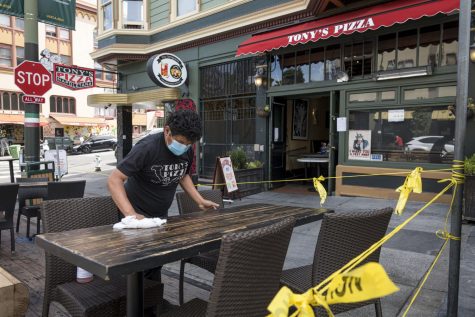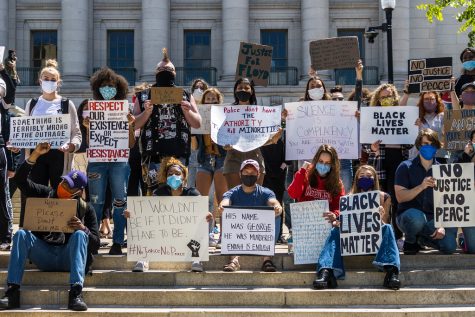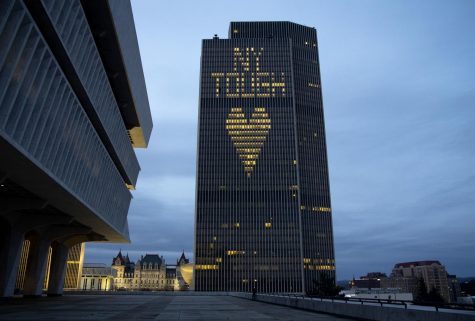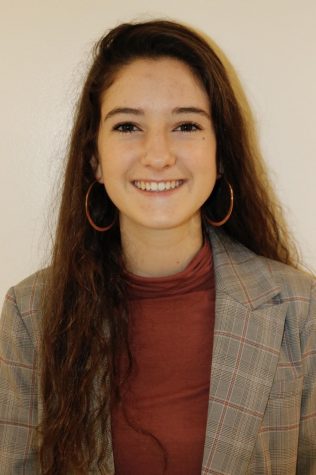Safe Injection Sites Are Necessary to Combat Opioid Crisis
Safe injection sites may not be perfect, but they are a useful tool in the fight against the opiod epidemic in the United States. (Courtesy of Twitter)
January 29, 2020
The opioid epidemic in the United States has grown to such an extreme that in 2017 the Department of Health and Human Services declared it a public health crisis. Yet, despite this declaration, lawmakers and society have continued to treat it as a legal issue. The surgeon general recently condemned supervised injection sites by saying, “Safer doesn’t mean safe.” But does that mean we’re supposed to ignore the safer option while we continue to search for a “safe” option?
According to the New York City Department of Health and Mental Hygiene, overdose death rates in the city have been increasing since 2011, with more than 1,444 overdose deaths in 2018. Supervised injection sites, part of a larger effort known as harm reduction, can help reduce these numbers. Harm reduction is built on the principle of meeting drug users where they are in an effort to minimize the impact of drugs on both the user and the outside community. Whether it be instituting a needle exchange program, admitting someone into rehab or creating supervised injection sites, harm reduction lets drug users have a say in “programs and policies designed to serve them,” as stated on the Harm Reduction Coalition’s website.
There are 30 states across the country that have needle exchange programs. Needle exchange is a type of harm reduction in which drug users are able to access sterile syringes at little to no cost. Recently, cities such as Philadelphia, Denver and San Francisco have considered taking the next step and opening supervised injection sites. These sites are places where users are given clean needles and other materials they may need and are supervised by medical professionals with naloxone, a drug also known as Narcan which can be used to reverse an overdose. While the U.S. does not have any supervised injection sites yet, there are hundreds all over the world. According to University of Southern California’s School of Nursing, one particular site in Oslo, Norway has an overdose risk of only 0.9% for every injection.
These sites create a judgement-free space to safely use drugs, gain access to treatment programs and other support systems and, most importantly, give these people the rights they deserve. Many people are against these sites because they feel they condone, or even encourage, drug use. However, these sites do not go that far: they simply acknowledge that no matter what, there will be drugs in the community. It is safer to have official stations for use rather than subject people to horrible conditions with serious risks. These sites do not punish people for their addiction, or turn their backs on those who do not agree to abstinence treatments. Instead, they recognize the root issue of this epidemic, that addiction is a disease that alters the brain. These sites deal with addiction in a way that minimizes the harm of it, rather than simply locking these people up to ignore the problem.
Penalizing people for their addictions, especially through legal action, only perpetuates the cycle of despair that drug addiction creates, both for the users and their loved ones. Supervised injection sites provide a way to meet a drug user halfway and show them that society still cares about their rights as human beings. Giving these people a safe and welcoming environment might encourage them to reach out for help or to learn more about treatment programs. Shaming and stigmatizing people, forcing them to use on the streets where they are as good as dead if they overdose, will only make the search for a “safe” option harder.
At the very least, we need to work on making needle exchange programs legal in all 50 states. This is one of the most basic levels of harm reduction. Clean needles can greatly decrease the spread of HIV/AIDS and other intravenous diseases. Naloxone is a major factor in preventing drug related deaths. A step in the right direction would be if the government or other organizations set up naloxone centers around drug hotspots, such as the infamous Philadelphia neighborhood, Kensington. This would allow volunteers and other professionals to administer naloxone in case someone overdoses, but it does not go so far as to allow a space for people to take the drugs. Supervised injection sites might be too progressive for our country at the moment, but that does not mean there are not other forms of harm reduction that can be adopted.
It is not right for our surgeon general to turn his back on an effective method for combating drug use. Drug overdoses have been the leading cause of death in New York City and the nation for years, and clearly the initiatives we have taken so far are not enough. Supervised injection sites may not be completely safe, but they are still safer. Shouldn’t that count for something? If you are interested in finding out more about harm reduction and ways to get involved, check out VOCAL NY, a nonprofit that works with people affected by homelessness, HIV/AIDS, drug addiction and incarceration.
Allison Lecce, FCRH ’22, is an international studies major and journalism minor from Westchester, New York.










cbc .ca/news/canada/toronto/mother-opposes-safe-injection-sites-1.3496502
Radio interview with a young woman battling addiction about “safe”
injection sites. Starting at 3:14
She insisted that such sites would have exactly the opposite effect as intended. “ I don’t think it’s harm reduction anymore. It just goes into enabling and harm. When I was an addict,” she said, “I didn’t have anywhere to go. I’d be in stairwells, I’d be in bathrooms, I’d be in the malls. Having somewhere to go, where everybody is shooting up, it’s almost like a dream come true.”
Addict shares how to help addicts:
cbc.ca/news/canada/toronto/mother-opposes-safe-injection-sites-1.3496
From a grieving mom who lost her daughter to just fentanyl, my opinion is to try it atleast.
These kids can’t get help if they are dead.
And alot of people don’t get help because it is just to hard for them esp with no help from family to find a good treatment center. To find treatment that they can afford, I know many who don’t have ins etc.
And finally find one that has an open bed.
Alot need help doing all that because to some people it’s just easier to find a drug dealer.
How sad is that? Seems there is a dealer on every corner. Our lives are gone. Just like our baby forever. Death cannot be fixed. There are no do overs. Please give it a chance. Have people there that can do the ground work so that it is easier to get help than to find a dealer. And we definitely need stronger, tougher laws for dealers!!
It’s a revolving door for many of them because in alot of states there are no laws on the books and alot more time needs to be put in to prosecute dealers. Stop revolving doors and give them something to think about before selling.
Melissa Ashley’s mom
Forever 23.💔💔💔